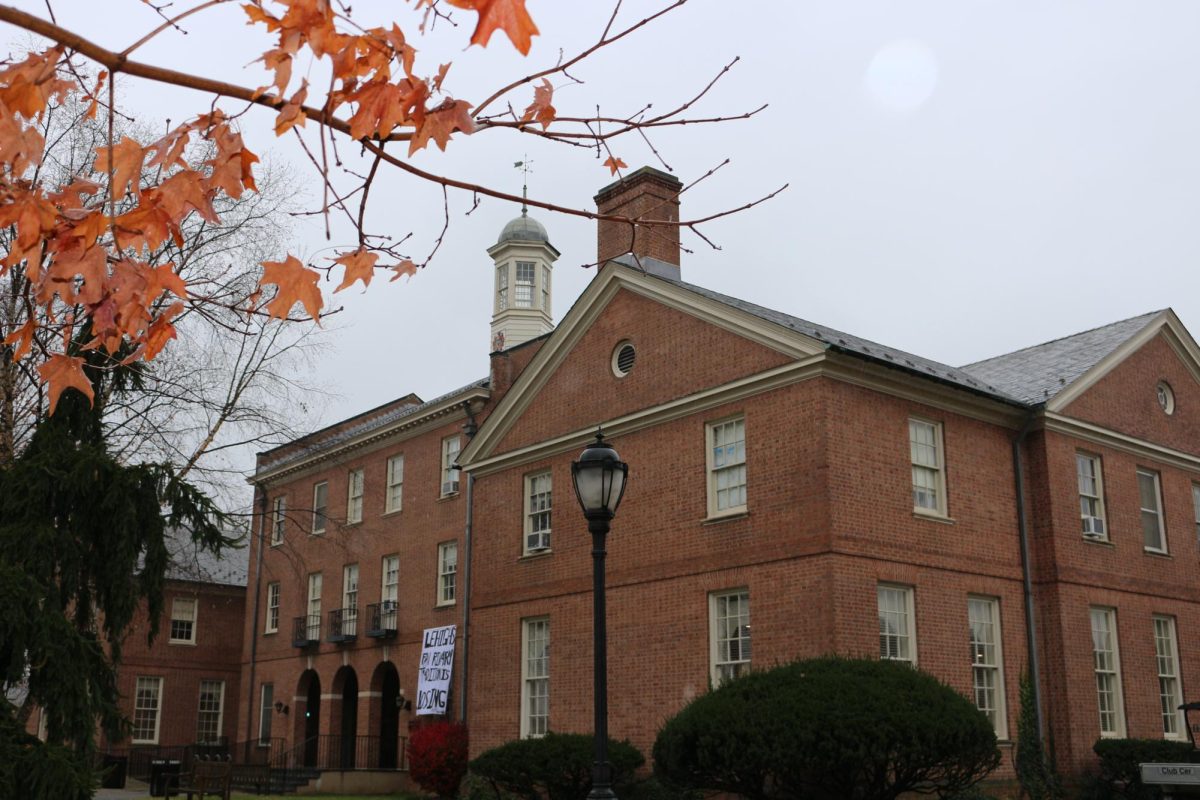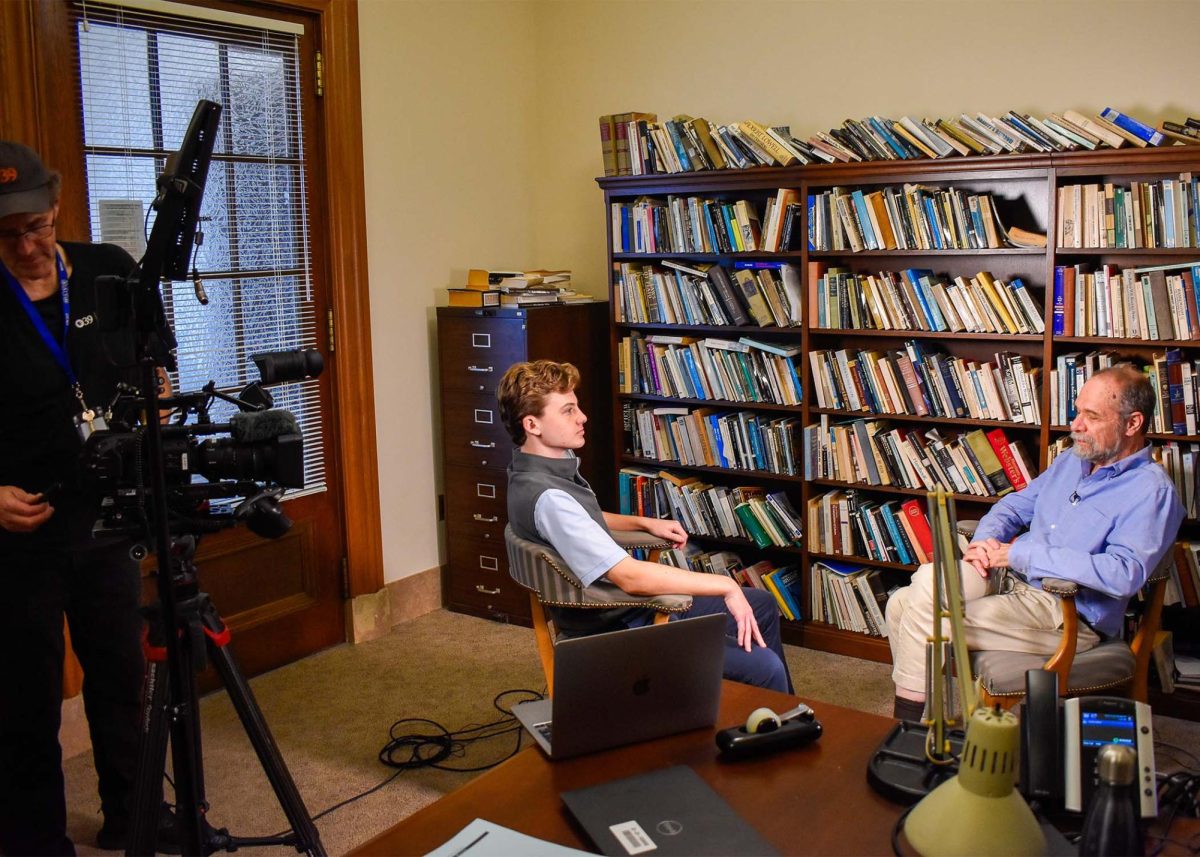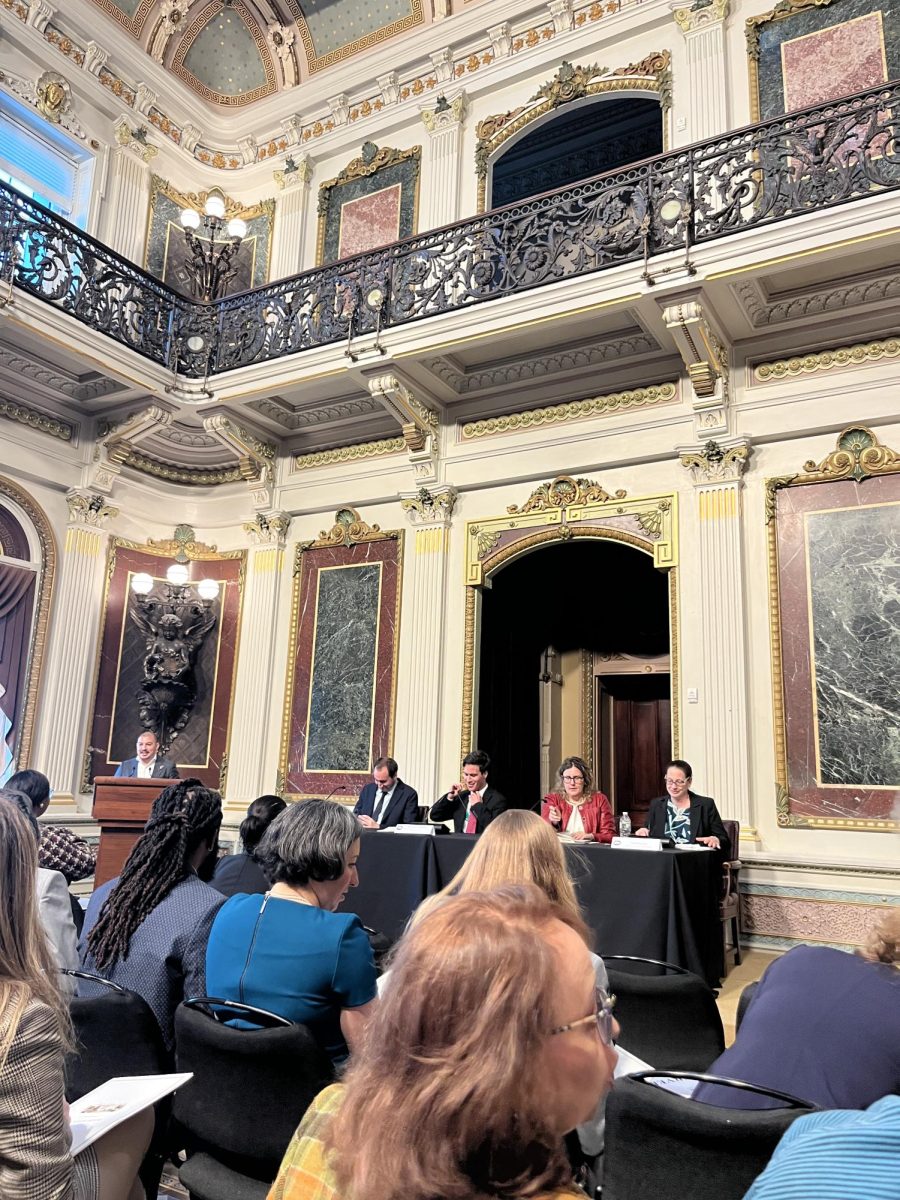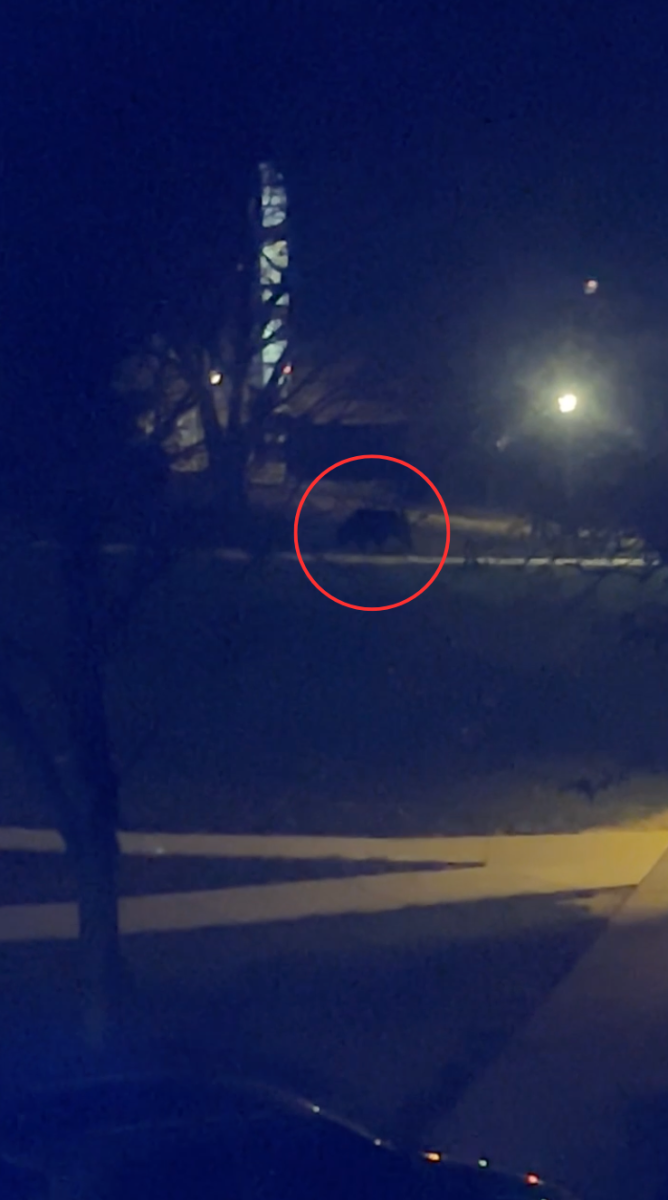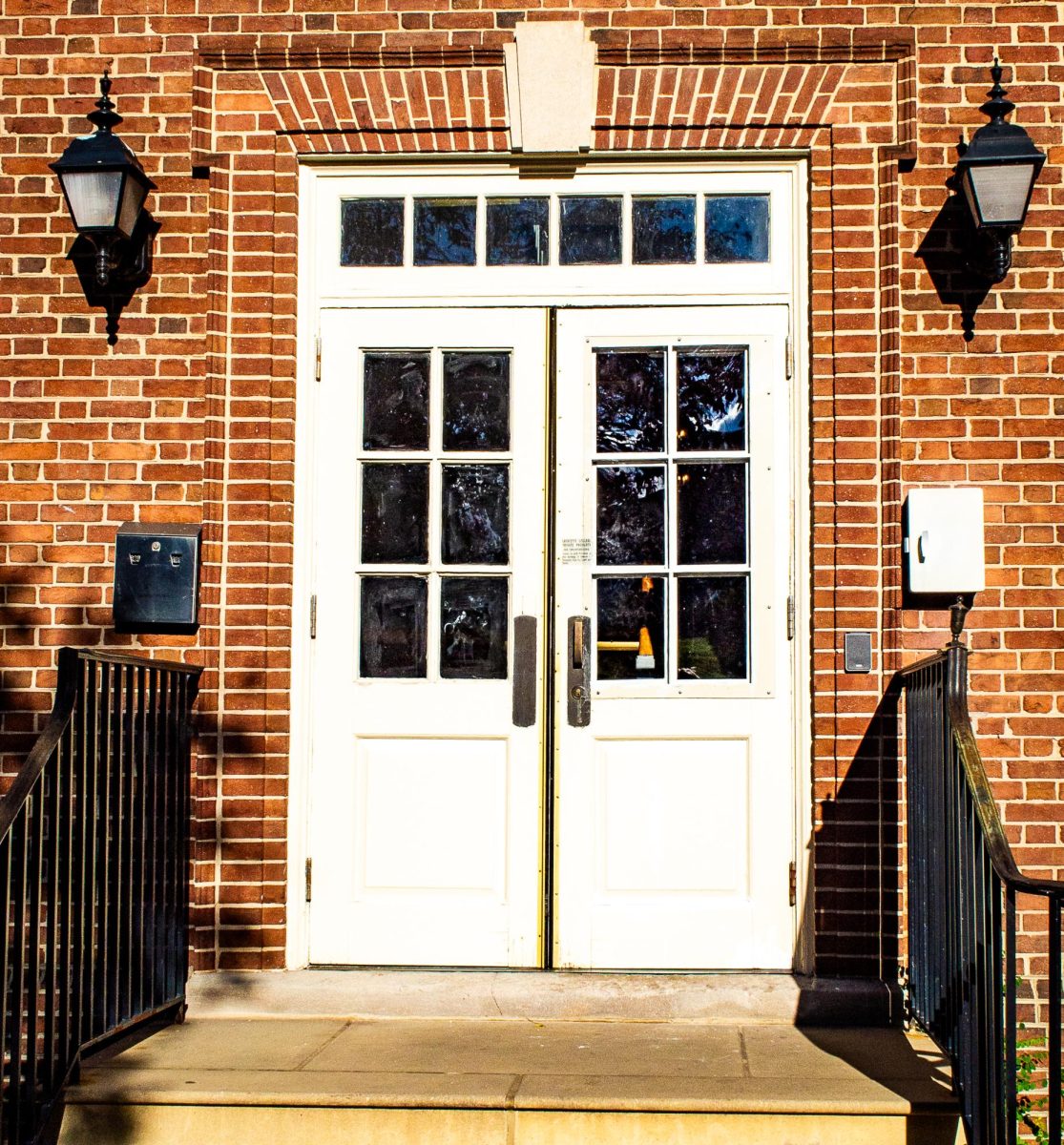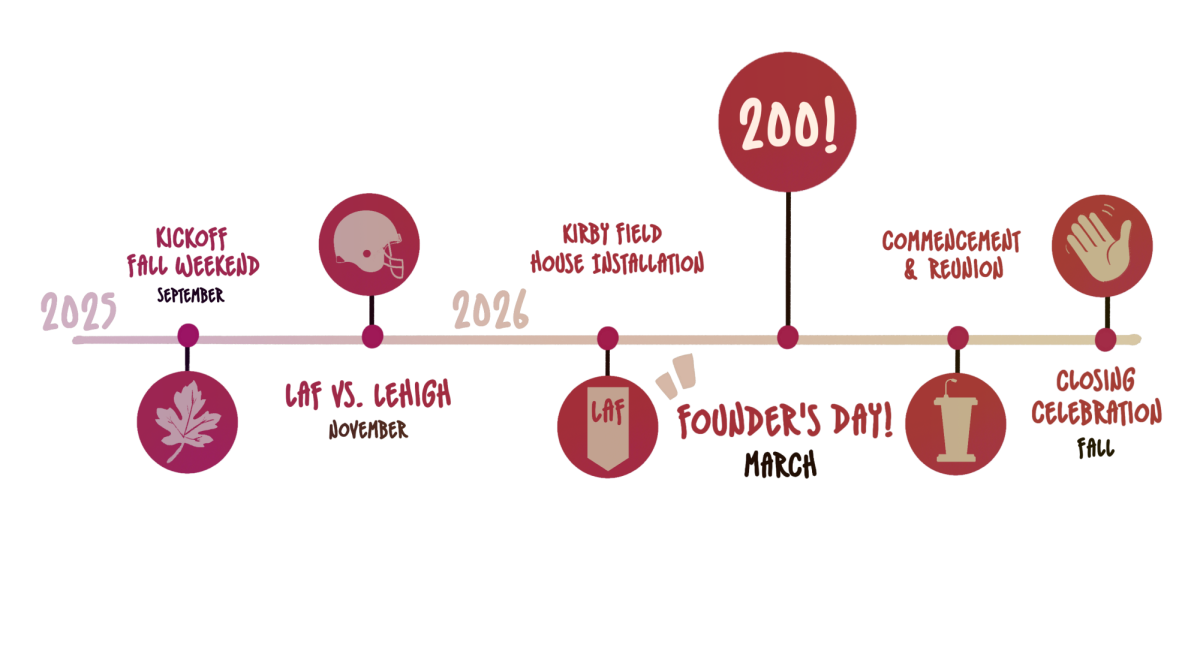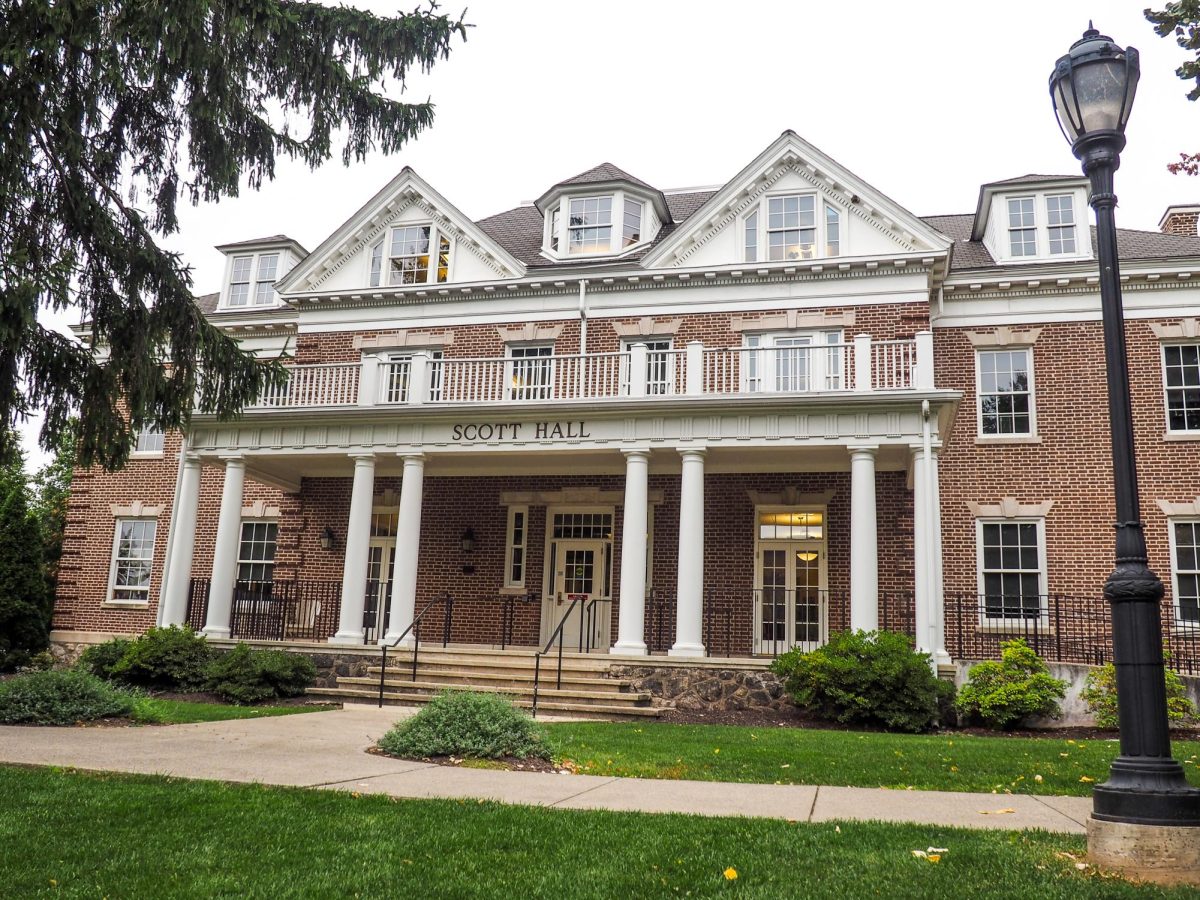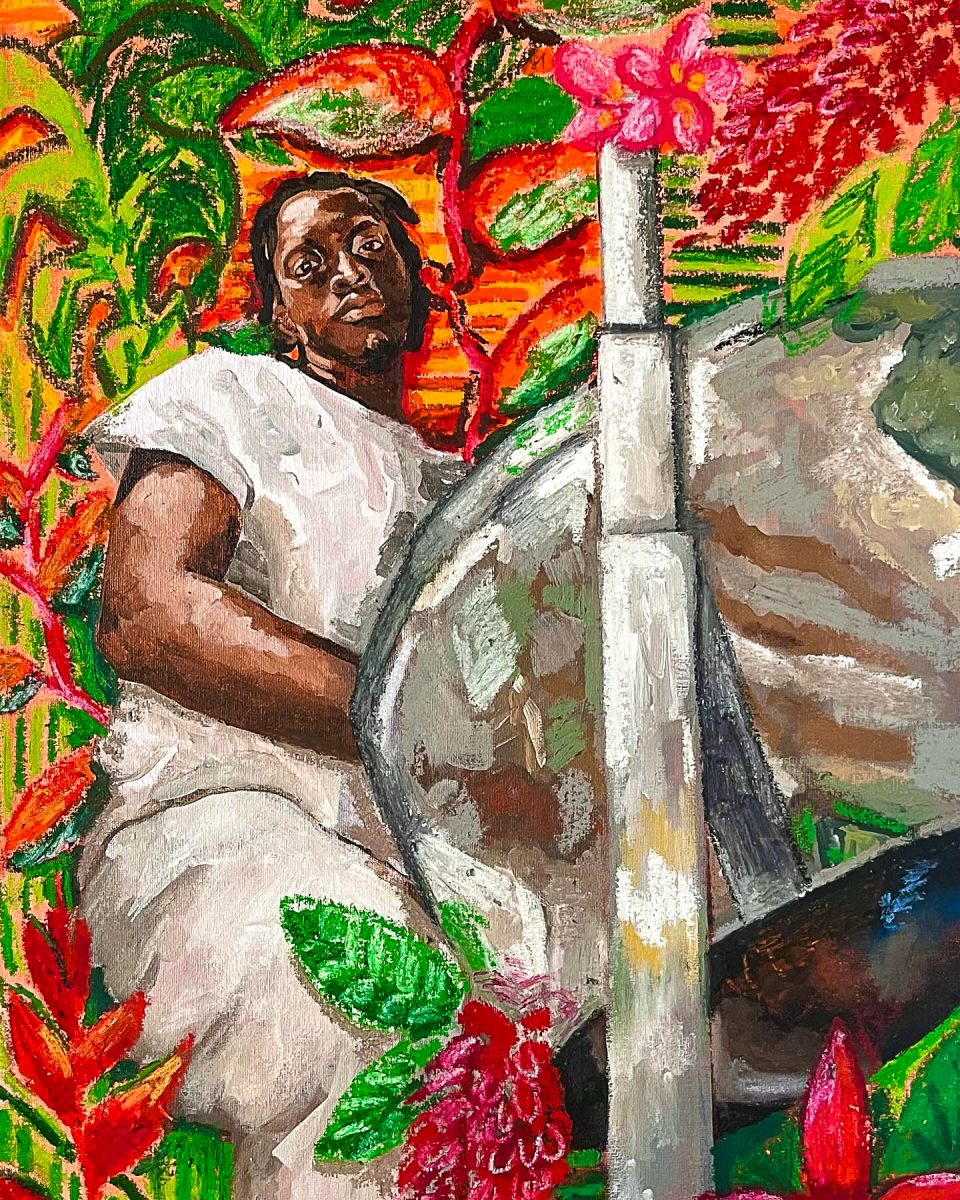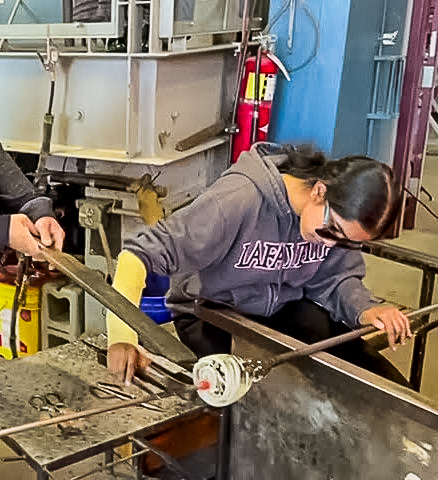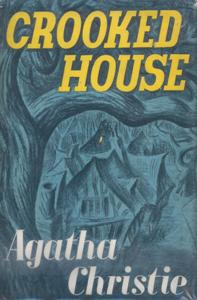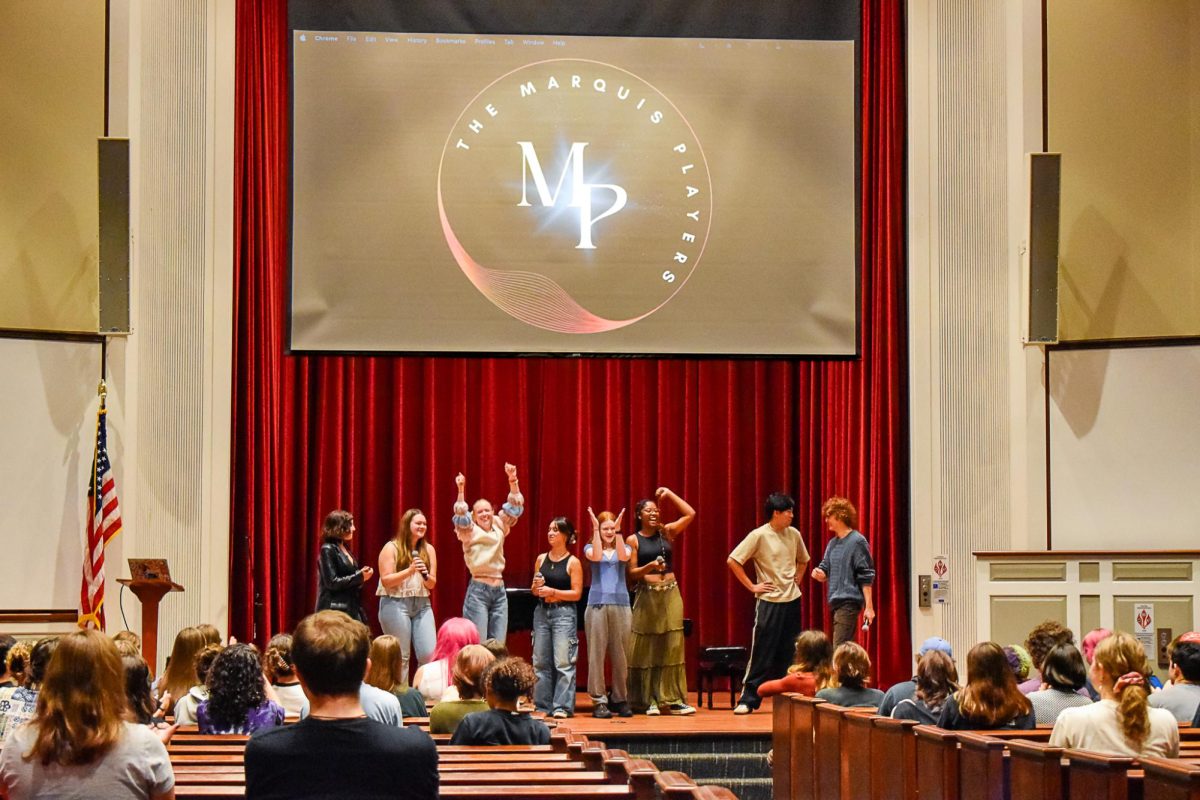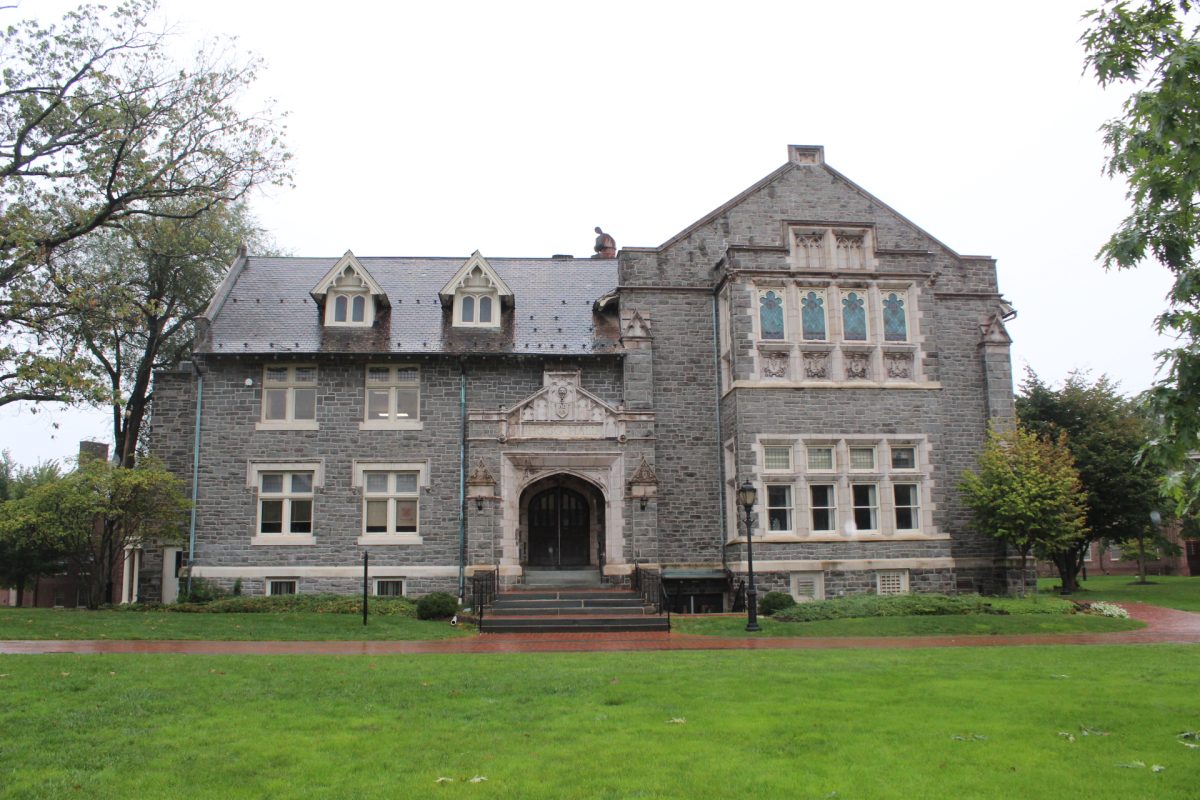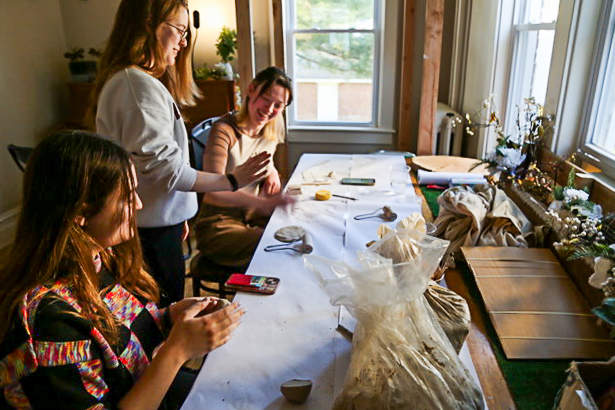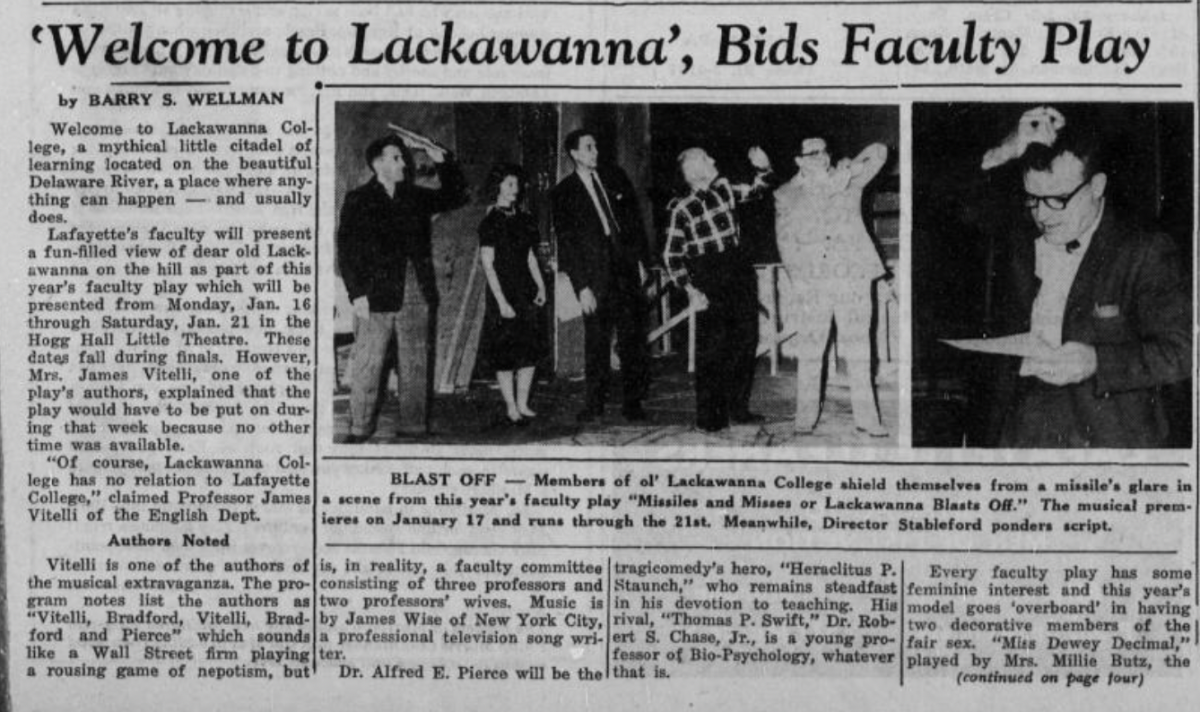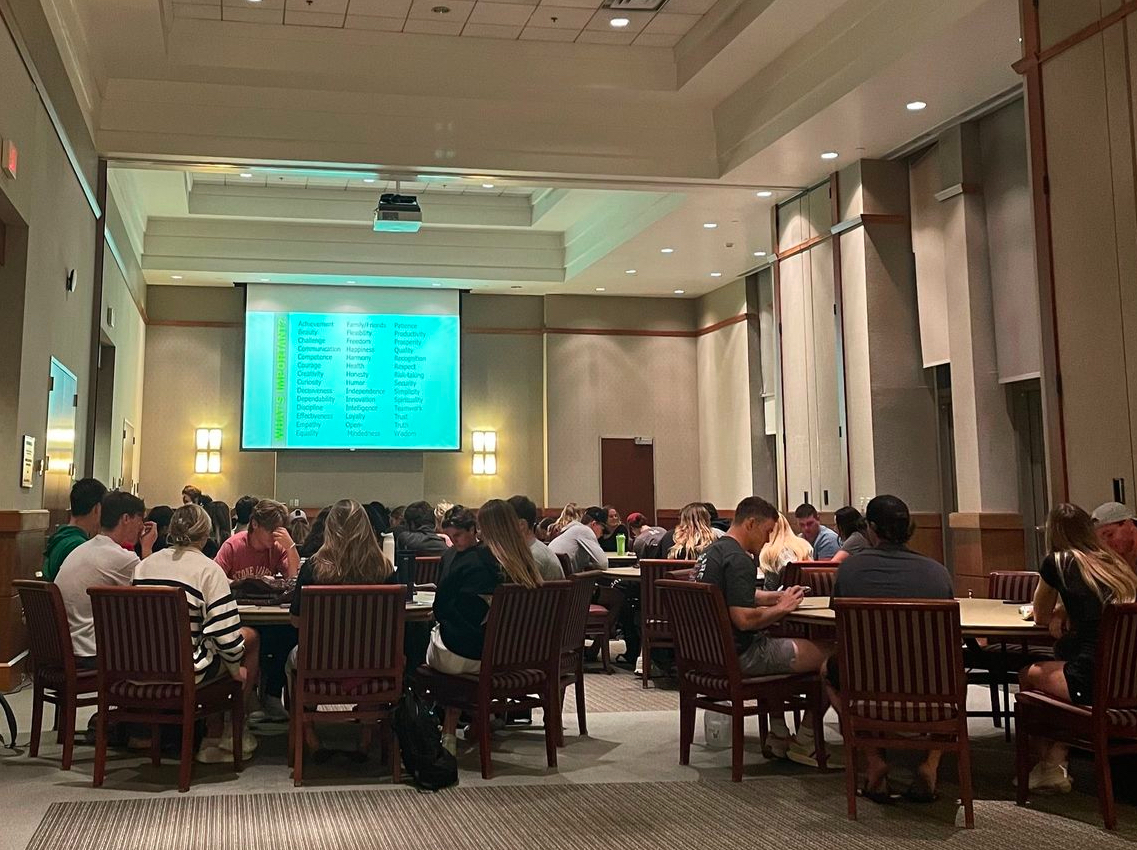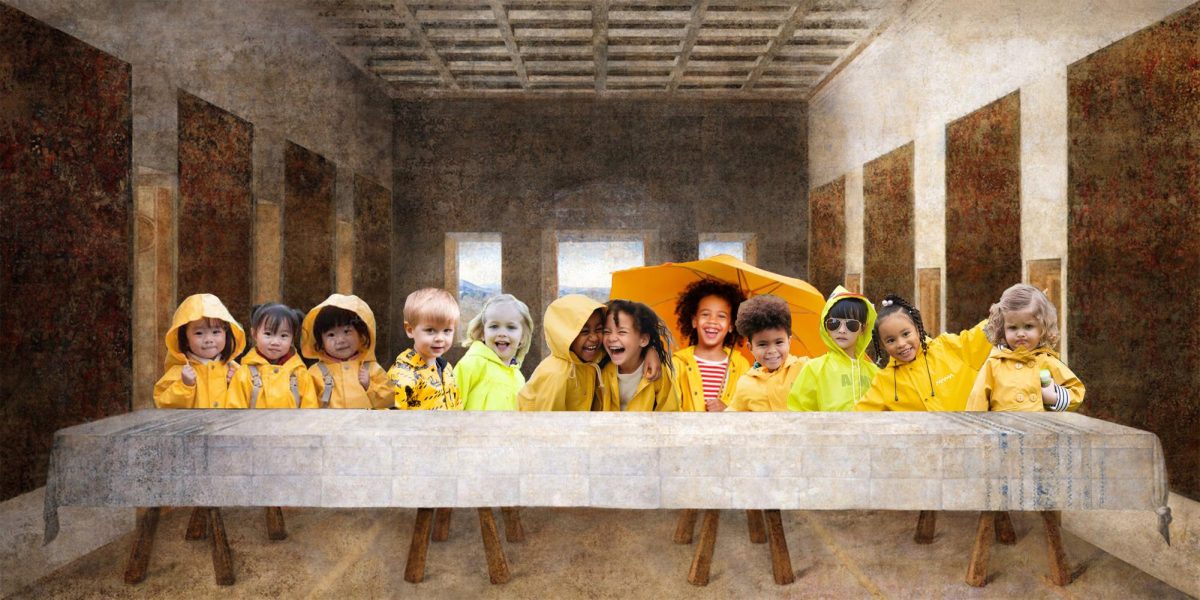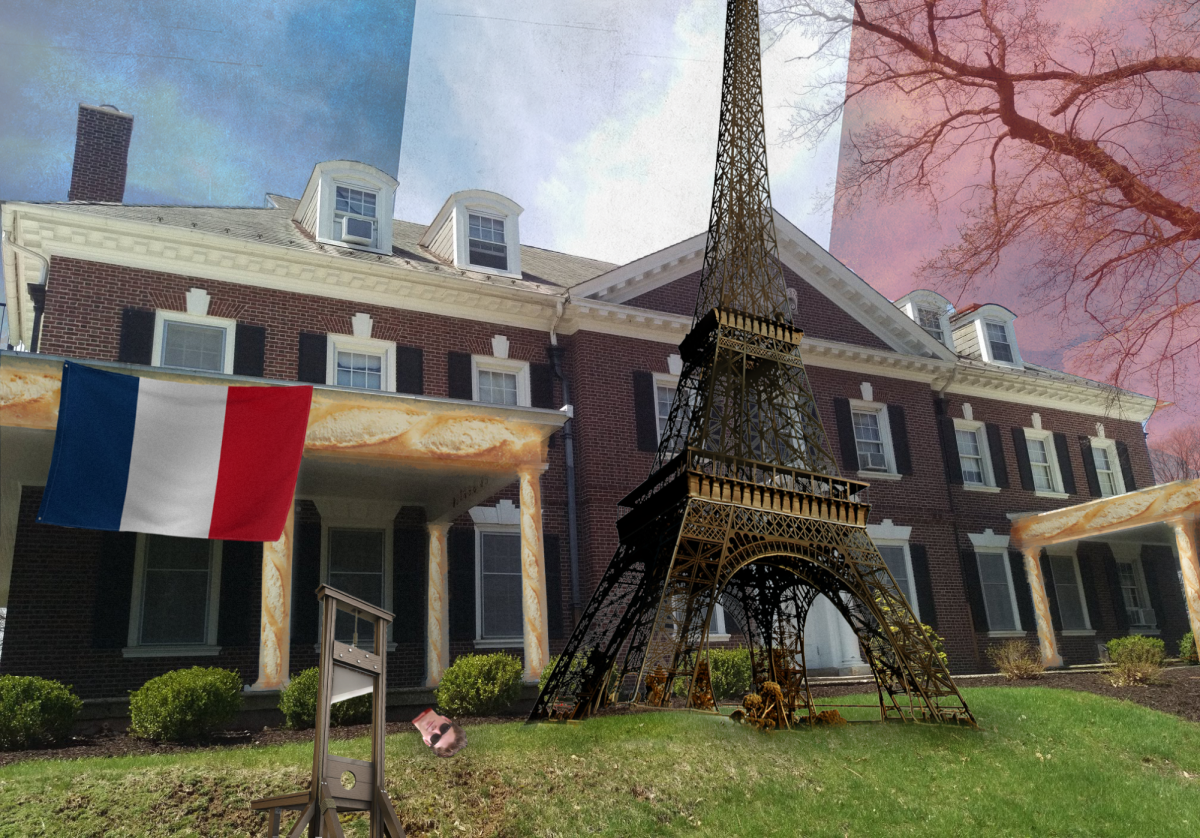Shirley Jackson and Ira Levin
Tomorrow is Halloween, and what better time to take a cautious peek at some very scary stories?
I’ve chosen two of my all-time favorite horror/supernatural writers to talk about today, so lock the windows and doors, turn on all the lights, and don’t venture alone into the basement…or the attic…
Shirley Jackson is probably best known for her much-anthologized short story “The Lottery,” but she also wrote two very suspenseful, scary, and outright creepy novels, “The Haunting of Hill House” and “We Have Always Lived in the Castle.” Both books are masterpieces of Jackson’s ability to take the mundane and ordinary and make it into something very other and very frightening while still preserving the veneer of ordinariness.
“The Haunting” takes the familiar “haunted house” trope to a whole new level as Hill House proves to a motley group of ghost-hunters why it’s been uninhabited and feared for so long. There is an odd, cold nursery, shape-shifting grounds, mysterious caretakers and something that (literally) goes bump in the night.
There are lots of unanswered questions, leaving the inhabitants to wonder if indeed the house is possessed or if one of them is disturbed to the point of delusion and self-harm. If you fancy a movie adaptation, skip the 1999 remake with Liam Neeson and watch the original 1963 version with Julie Harris, which captures the true spookiness of the book.
“We Have Always Lived in the Castle” is the story of two sisters and their uncle, survivors of a terrible unsolved tragedy, the poisoning of the rest of their family. Suspicion has always lingered upon elder sister Constance, who has retreated from the prying and curious villagers to their family compound, where she cares for her odd younger sister Mary Katherine and her ailing uncle Julian, injured but not killed by the mass poisoning.
Change comes to the three when a long-lost cousin seeks them out, befriends Constance, and upsets the tranquil shelter they have made for themselves in the wake of the murders. In true Jackson fashion, nothing is as it seems, and something as innocent as a sugar bowl can hold death and destruction.
The arrival of cousin Charles reopens speculation on the long-ago murders. Did one of the three kill the others? If so, why? And how could they all continue to live together so placidly, with such a bloody past. Are they mad? Or are the villains the villagers, who have long envied and shunned their more prosperous neighbors up in the castle? The story ends with a chilling disclosure that ranks right up there with the dynamite finish of another horror classic, “Rosemary’s Baby” by Ira Levin.
Set in sixties-era Manhattan, Rosemary and Guy Woodhouse are a cheerful young newly-married couple, full of hopes and dreams for the future. They manage to secure a fabulous apartment in the Bramford, a hulking, mammoth nineteenth century building, as full of charming, eclectic apartments as it is of questionably gory history, a history they brush off as overblown and too fantastical to be true.
The Woodhouses are befriended by another older couple on their floor, the Castevets. The friendship soon becomes a bit cloying to Rosemary, especially when she becomes pregnant. The older couple is considerate and helpful to the Woodhouses, as Guy’s acting career takes off and Rosemary is plagued by pregnancy-related health issues. But slowly and subtly, Rosemary begins to wonder why the Castevets are so interested in her baby. Are they the harmless, lonely couple Guy thinks they are, or is something more sinister happening? Suspense builds as Rosemary pregnancy progresses, climaxing in an explosive, you-don’t-see-it-coming ending that is truly eerie and memorable.



